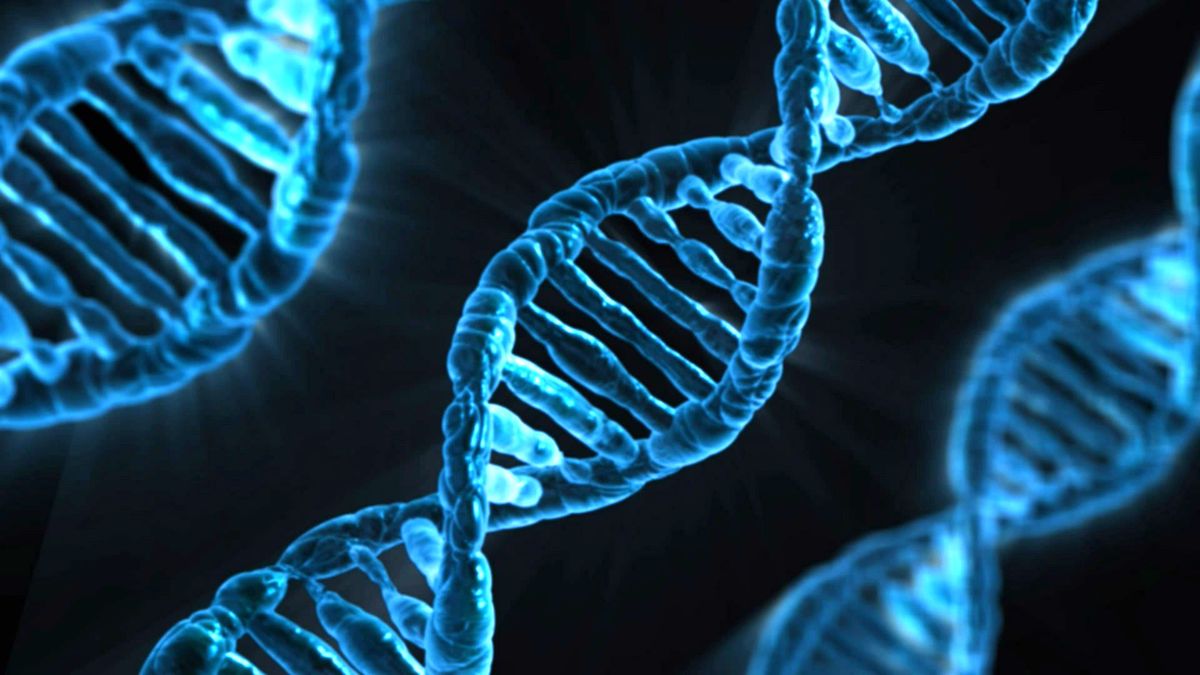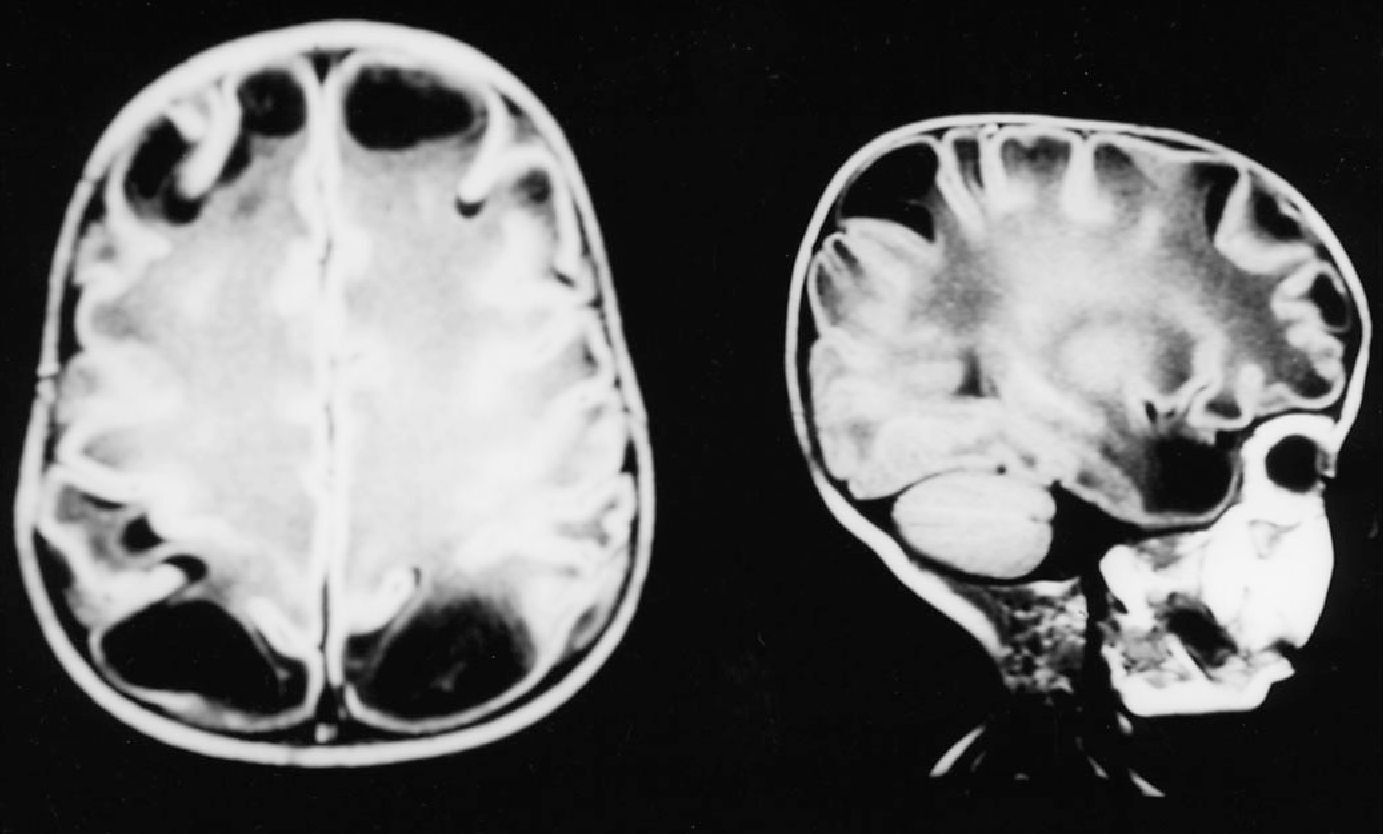
Potocki Shaffer Syndrome is a rare genetic disorder that affects multiple parts of the body. Caused by deletions on chromosome 11, this syndrome can lead to a variety of symptoms, including intellectual disability, distinctive facial features, and skeletal abnormalities. Diagnosed through genetic testing, Potocki Shaffer Syndrome often requires a team of specialists to manage the diverse health issues that arise. Treatment focuses on symptom management, as there is no cure. Families affected by this condition benefit from genetic counseling and support groups. Understanding Potocki Shaffer Syndrome helps in providing better care and improving the quality of life for those impacted.
Key Takeaways:
- Potocki-Shaffer Syndrome is a rare genetic disorder causing developmental delays and distinct facial features. Early diagnosis and supportive therapies can improve quality of life for those affected.
- Despite the challenges, individuals with Potocki-Shaffer Syndrome achieve personal milestones and actively participate in community activities, showcasing their talents and abilities.
What is Potocki-Shaffer Syndrome?
Potocki-Shaffer Syndrome (PSS) is a rare genetic disorder. It affects multiple parts of the body and can lead to various physical and developmental challenges. Here are some intriguing facts about this condition.
-
Genetic Cause: PSS is caused by a deletion of genetic material on chromosome 11.
-
Rare Condition: Fewer than 100 cases have been documented worldwide.
-
Named After: The syndrome is named after Dr. Lorraine Potocki and Dr. Lisa Shaffer, who first described it.
-
Developmental Delays: Children with PSS often experience developmental delays.
-
Distinct Facial Features: Individuals may have unique facial characteristics, such as a broad forehead and a flat nasal bridge.
Symptoms and Characteristics
PSS presents a variety of symptoms that can differ widely among individuals. Understanding these can help in early diagnosis and management.
-
Bone Abnormalities: Many affected individuals have enlarged parietal foramina, which are openings in the skull bones.
-
Multiple Exostoses: These are bony growths that can develop on various bones in the body.
-
Intellectual Disability: Some individuals may have mild to moderate intellectual disabilities.
-
Behavioral Issues: Behavioral problems, including ADHD and autism spectrum disorders, can be part of PSS.
-
Vision Problems: Strabismus, or crossed eyes, is common among those with PSS.
Diagnosis and Testing
Early diagnosis is crucial for managing PSS effectively. Here are some key facts about how it is diagnosed.
-
Genetic Testing: A chromosomal microarray can identify the deletion on chromosome 11.
-
Prenatal Diagnosis: It is possible to diagnose PSS before birth through amniocentesis or chorionic villus sampling.
-
Physical Examination: Doctors often notice physical signs like bone abnormalities during a physical exam.
-
Family History: A detailed family history can provide clues, as PSS can be inherited.
-
MRI and CT Scans: These imaging tests can reveal bone abnormalities and other structural issues.
Treatment and Management
While there is no cure for PSS, various treatments can help manage symptoms and improve quality of life.
-
Surgical Interventions: Surgery may be needed to remove exostoses or correct other bone issues.
-
Physical Therapy: Helps improve mobility and muscle strength.
-
Occupational Therapy: Assists in developing daily living skills.
-
Speech Therapy: Beneficial for those with speech and language delays.
-
Behavioral Therapy: Can help manage behavioral issues and improve social skills.
Living with Potocki-Shaffer Syndrome
Living with PSS involves ongoing care and support. Here are some aspects of daily life for those affected.
-
Educational Support: Special education services can help children reach their full potential.
-
Support Groups: Connecting with other families affected by PSS can provide emotional support and practical advice.
-
Regular Monitoring: Frequent medical check-ups are necessary to monitor growth and development.
-
Adaptive Equipment: Tools like braces or wheelchairs may be needed to assist with mobility.
-
Nutritional Support: A balanced diet is important, and some individuals may need dietary supplements.
Research and Future Directions
Research on PSS is ongoing, with scientists working to better understand and treat this condition.
-
Genetic Research: Studies are exploring the specific genes involved in PSS.
-
Clinical Trials: Some clinical trials are testing new treatments for symptoms associated with PSS.
-
Awareness Campaigns: Efforts are being made to raise awareness about PSS among healthcare providers and the public.
-
Patient Registries: Collecting data from individuals with PSS helps researchers track the condition's progression and outcomes.
-
Funding and Grants: Organizations are providing funding for research into rare genetic disorders like PSS.
Inspirational Stories
Despite the challenges, many individuals with PSS lead fulfilling lives. Here are some uplifting facts.
-
Personal Achievements: Many people with PSS achieve personal milestones, such as graduating from school or learning new skills.
-
Community Involvement: Individuals with PSS often participate in community activities and events, showcasing their talents and abilities.
Final Thoughts on Potocki Shaffer Syndrome
Potocki Shaffer Syndrome, a rare genetic disorder, affects many aspects of life. Understanding its symptoms, causes, and treatments can make a big difference for those living with it. Early diagnosis and intervention are crucial for managing the condition effectively. Genetic counseling can provide valuable insights for families, helping them navigate the challenges ahead.
Support networks and resources are essential for those affected. Connecting with others who share similar experiences can offer comfort and practical advice. Staying informed about the latest research and advancements in treatment options is also important.
Raising awareness about Potocki Shaffer Syndrome can lead to better support and resources. By spreading knowledge, we can help improve the lives of those affected by this condition. Remember, every bit of information and support counts in making a positive impact.
Frequently Asked Questions
Was this page helpful?
Our commitment to delivering trustworthy and engaging content is at the heart of what we do. Each fact on our site is contributed by real users like you, bringing a wealth of diverse insights and information. To ensure the highest standards of accuracy and reliability, our dedicated editors meticulously review each submission. This process guarantees that the facts we share are not only fascinating but also credible. Trust in our commitment to quality and authenticity as you explore and learn with us.


